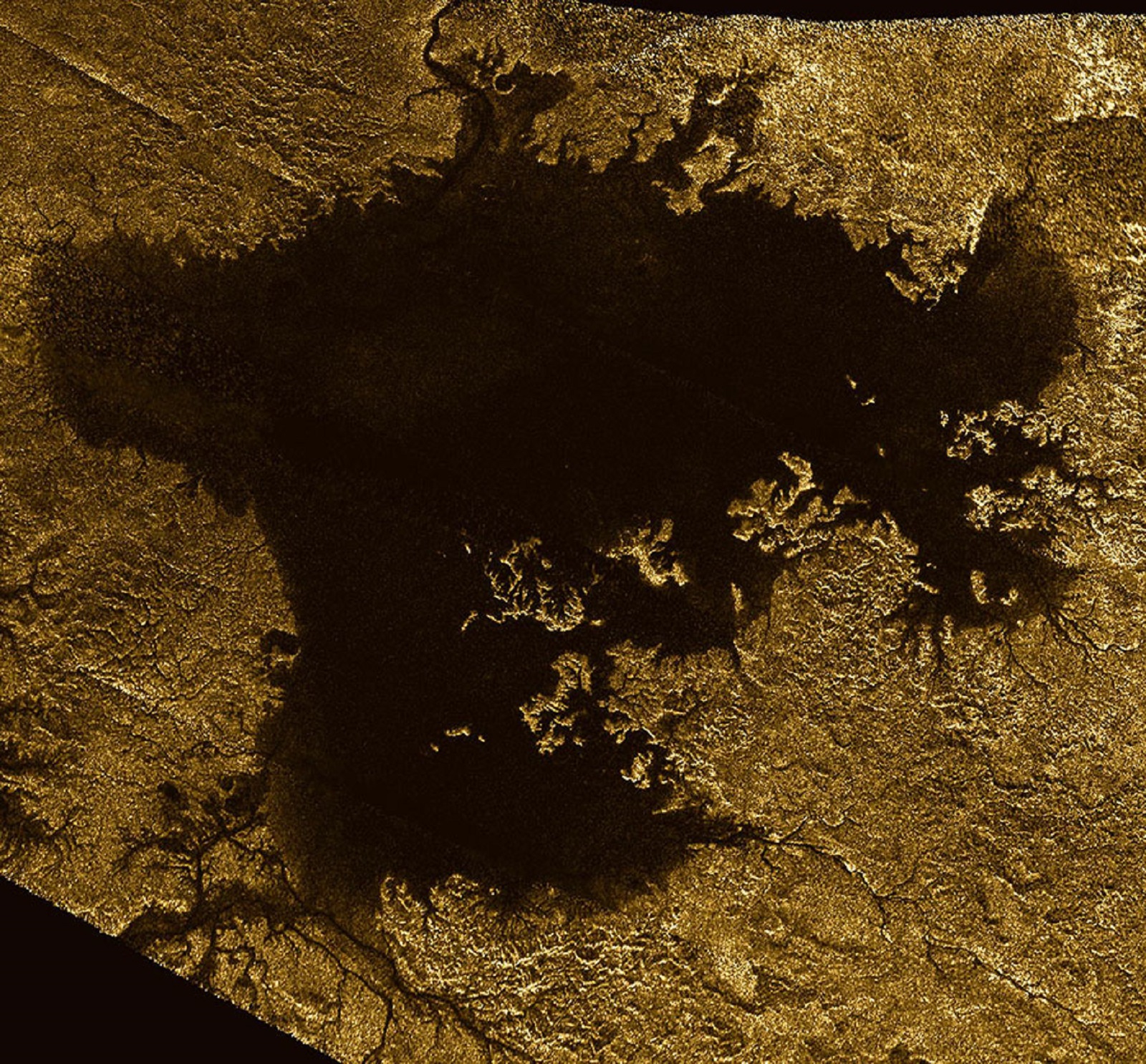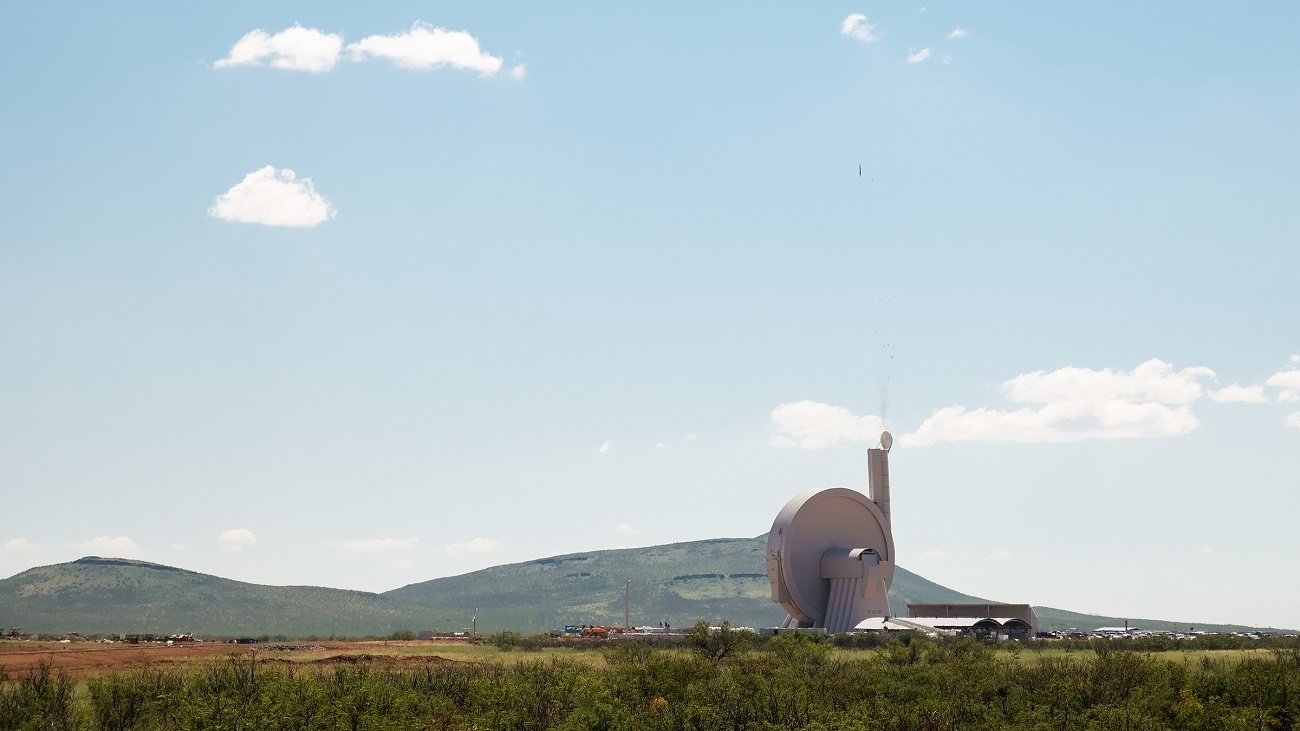The latest findings on it, based on data collected by the Cassini probe, indicate that there are cycles almost identical to those on Earth. However, although they are related to water on our planet, they contain methane. Rivers and lakes are filled with Titan’s liquid mantle, showing an incredible similarity to our bodies of water.
The Cassini probe, or rather Cassini-Huygens, didn’t have its mission for long. It was destroyed in September 2017, but it has provided so much data over the years (and astronomers have few alternatives) that they are still analyzing the information it has collected over the past decade. And such measures have proven fruitful, as evidenced by recent discoveries.
Read alsoThere is a hidden tunnel on the moon. The first evidence of its existence has appeared
The presence of rivers, lakes, and deserts covering Titan allows us to imagine a world very similar to our own. Unfortunately, that could not be further from the truth. At about 10 times farther from the Sun than Earth, this moon would not be able to support liquid water. Instead, it contains methane, which—as the new results show—behaves almost identically to our own water.
Just as we have water cycles in which water evaporates, condenses, and eventually falls as rain, liquid flows on Titan, accumulates in lakes, evaporates, condenses in clouds, and finally falls as rain. But the similarity is only superficial, and can be seen by analyzing the entire process behind the scenes. And that’s exactly what scientists were doing when they analyzed the data provided by the now-dead probe.
Titan is one of Saturn’s moons, and is about 10 times farther from the sun than our planet.
As they explained, ultraviolet light from the Sun interacts with methane molecules in Titan’s atmosphere, creating ethane. Ethane is heavier than methane and nitrogen and can dissolve in methane droplets. If it falls and enters the reservoirs there, it won’t evaporate. Although there is a methane cycle, there is no ethane cycle on Titan.
Since methane circulates on Titan but not ethane, there should be more methane than ethane in the wetter regions near the poles than in the drier regions. At least that’s what theoretical predictions have suggested. And now, scientists have identified evidence that supports these assumptions.
Read also:A huge energy anomaly on Saturn. Astronomers faced a major challenge
The background of the organized experiments is described in Nature CommunicationsThe research team examined the binary radar data and identified differences in the reflection of waves emitted by the Cassini-Huygens spacecraft. These differences occurred depending on the latitude at which the individual lakes were located.
According to the same interested parties, the closer we get to the poles, the higher the methane content in these reservoirs. It is these differences in composition that should support the formation of larger waves. Of course, such waves are still not impressive compared to those on Earth. Scientists suggest that in reservoirs rich in ethane their height is about 1 mm, while in those with larger amounts of methane – up to 3 mm.

Echo Richards embodies a personality that is a delightful contradiction: a humble musicaholic who never brags about her expansive knowledge of both classic and contemporary tunes. Infuriatingly modest, one would never know from a mere conversation how deeply entrenched she is in the world of music. This passion seamlessly translates into her problem-solving skills, with Echo often drawing inspiration from melodies and rhythms. A voracious reader, she dives deep into literature, using stories to influence her own hardcore writing. Her spirited advocacy for alcohol isn’t about mere indulgence, but about celebrating life’s poignant moments.









